Refine listing
Actions for selected content:
16950 results
9 - Strength and deformation of planetary lithospheres
-
-
- Book:
- Planetary Tectonics
- Published online:
- 30 March 2010
- Print publication:
- 17 December 2009, pp 397-456
-
- Chapter
- Export citation
Index
-
- Book:
- Planetary Tectonics
- Published online:
- 30 March 2010
- Print publication:
- 17 December 2009, pp 511-518
-
- Chapter
- Export citation
Preface
-
-
- Book:
- Planetary Tectonics
- Published online:
- 30 March 2010
- Print publication:
- 17 December 2009, pp xi-xii
-
- Chapter
- Export citation
4 - Lunar tectonics
-
-
- Book:
- Planetary Tectonics
- Published online:
- 30 March 2010
- Print publication:
- 17 December 2009, pp 121-182
-
- Chapter
- Export citation
6 - Tectonics of small bodies
-
-
- Book:
- Planetary Tectonics
- Published online:
- 30 March 2010
- Print publication:
- 17 December 2009, pp 233-263
-
- Chapter
- Export citation
7 - Tectonics of the outer planet satellites
-
-
- Book:
- Planetary Tectonics
- Published online:
- 30 March 2010
- Print publication:
- 17 December 2009, pp 264-350
-
- Chapter
- Export citation
3 - Venus tectonics
-
-
- Book:
- Planetary Tectonics
- Published online:
- 30 March 2010
- Print publication:
- 17 December 2009, pp 81-120
-
- Chapter
- Export citation
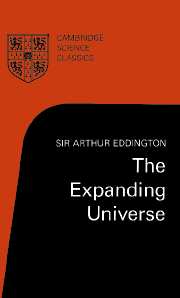
The Expanding Universe
- Astronomy's 'Great Debate', 1900–1931
-
- Published online:
- 15 December 2009
- Print publication:
- 02 July 1920
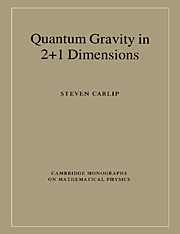
Quantum Gravity in 2+1 Dimensions
-
- Published online:
- 15 December 2009
- Print publication:
- 02 July 1998
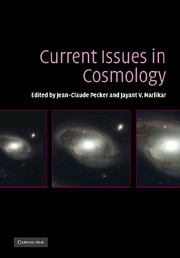
Current Issues in Cosmology
-
- Published online:
- 15 December 2009
- Print publication:
- 01 June 2006

Mars: An Introduction to its Interior, Surface and Atmosphere
-
- Published online:
- 15 December 2009
- Print publication:
- 10 January 2008
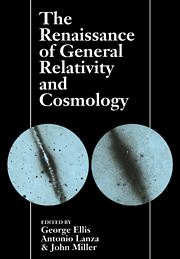
The Renaissance of General Relativity and Cosmology
- A Survey to Celebrate the 65th Birthday of Dennis Sciama
-
- Published online:
- 15 December 2009
- Print publication:
- 25 November 1993
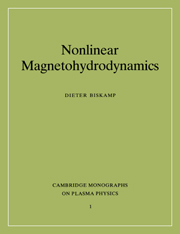
Nonlinear Magnetohydrodynamics
-
- Published online:
- 15 December 2009
- Print publication:
- 30 September 1993
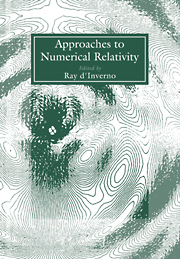
Approaches to Numerical Relativity
-
- Published online:
- 15 December 2009
- Print publication:
- 10 December 1992
2 - Simple applications of Bayesian methods
-
-
- Book:
- Bayesian Methods in Cosmology
- Published online:
- 11 April 2011
- Print publication:
- 10 December 2009, pp 36-56
-
- Chapter
- Export citation
Part II - Applications
-
- Book:
- Bayesian Methods in Cosmology
- Published online:
- 11 April 2011
- Print publication:
- 10 December 2009, pp 165-166
-
- Chapter
- Export citation
6 - Signal separation in cosmology
-
-
- Book:
- Bayesian Methods in Cosmology
- Published online:
- 11 April 2011
- Print publication:
- 10 December 2009, pp 126-164
-
- Chapter
- Export citation
5 - Terrestrial planet formation
-
- Book:
- Astrophysics of Planet Formation
- Published online:
- 05 June 2012
- Print publication:
- 10 December 2009, pp 146-184
-
- Chapter
- Export citation
4 - Model selection and multi-model inference
-
-
- Book:
- Bayesian Methods in Cosmology
- Published online:
- 11 April 2011
- Print publication:
- 10 December 2009, pp 79-98
-
- Chapter
- Export citation
Frontmatter
-
- Book:
- Bayesian Methods in Cosmology
- Published online:
- 11 April 2011
- Print publication:
- 10 December 2009, pp i-iv
-
- Chapter
- Export citation
